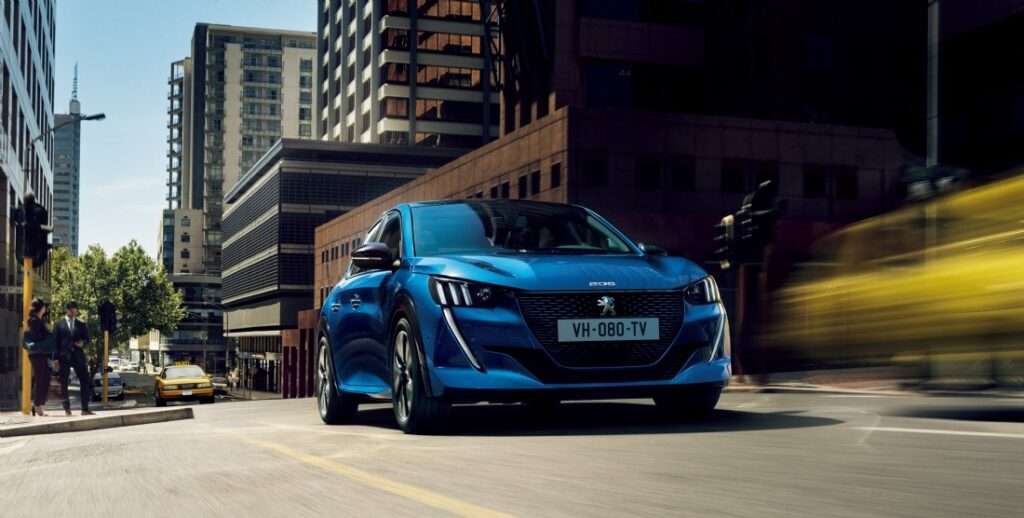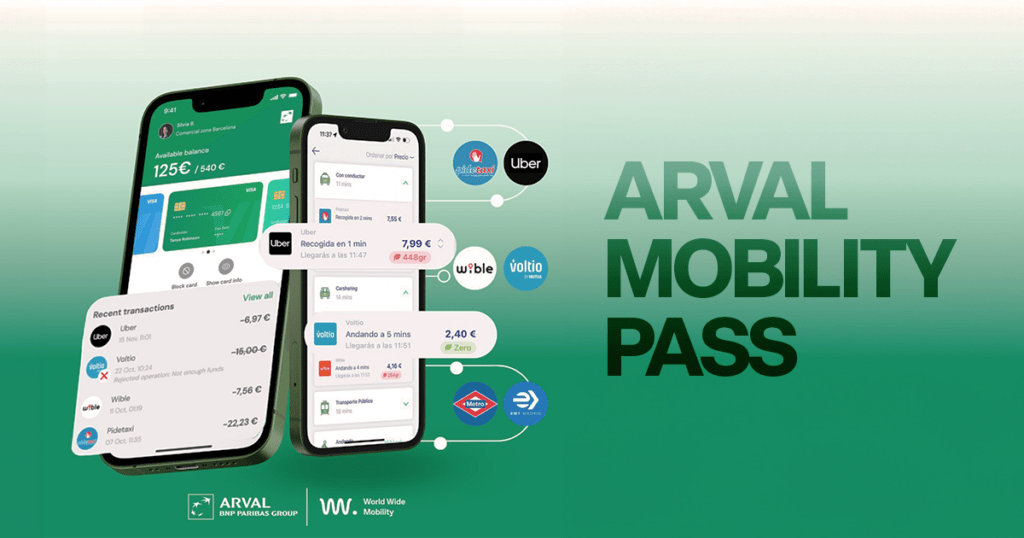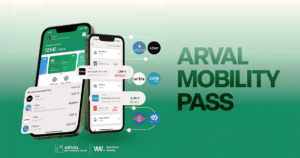Today, Mobility as a Service (MaaS) is a fully-fledged, recognized segment in the mobility sector. It is a concept that consists of bringing together different mobility services on a single platform. A multimodal approach with the ambition to contribute to a more advanced use of more sustainable modes of transport. An objective that is far from being completed according to an interesting analysis conducted by David Hensher, professor and founding director of the Institute for Transport and Logistics Studies at the University of Sydney and Sampo Hietanen, CEO of MaaS Global. Two mobility experts who believe that MaaS is about to be overtaken by MaaF (Mobility as a Feature). Let’s zoom in on the highlights of this new perspective, which various MaaS experts have already seized upon…
MaaS, perceived by some as lagging behind…
The terms are certainly harsh, but for some, they reflect a hint of truth… Indeed, to date, nearly a hundred MaaS applications are referenced worldwide. These multimodal platforms are supported by both public and private players, but they are not always as successful as expected.
Since the ‘birth of MaaS’ almost 10 years ago, we have seen very limited evidence of meaningful changes in users’ travel behaviour resulting from the many MaaS products, whether they are true MaaS or an enhanced trip planner.
STUDY BY DAVID HENSHER AND SAMPO HIETANEN
This is reflected in the premature termination of the Brazilian MaaS application Quicko. A MaaS application that was acquired in March 2022 by MaaS Global. An acquisition, followed 6 months later by the announcement of the closure of its activities. Or, an analysis of the benchmark Whim app in Helsinki revealed that 24% said the app had encouraged them to use public transport more, at the expense of using or buying a car. Two applications were developed primarily to contribute to a change in attitudes. A change in habits that remains minimal… And this is where MaaF proves to be a possible lever…
“From a multimodal to a multiservice perspective”
The main characteristic of Mobility as a Feature (MaaF) is to approach mobility as part of a wide range of services. This is done by integrating a complete mobility offer into an existing application, not necessarily dedicated to transportation. A new approach that makes mobility a value-added functionality. And for the user, it’s an opportunity to avoid changing habits by downloading yet another application.

The MaaF concept is already gaining ground with the emergence of Super Apps. Different multiservice platforms that seamlessly integrate a mobility-oriented brick. A “modular approach” integrates journey planning, booking and payment into these platforms. This is the case of the AirAsia and JakLingko Super Apps. These platforms integrate at the same time different daily services. Among them, we find cab booking, bus ticket purchase, electricity bill payment, hotel booking or grocery delivery.
A field of infinite possibilities
Through this new prism, MaaF promises to be a portal to fully integrated mobility. An opening towards a mobility without limits, able to completely answer the accessibility issues related to mobility. In fact, in one of our infographics, we showed that mobility represented a real factor of exclusion for nearly a third of French people. This is illustrated by the fact that 41% of French people say they have already postponed, or even given up on, a leisure or cultural activity, 30% on going to a medical appointment and 26% on shopping for food.
These are aberrant figures, which strongly demonstrate the importance of MaaF. Indeed, MaaF offers greater flexibility to integrate mobility into daily life. And this is through the integration of a mobility offer on applications known to all as Lydia, Paylib,… Imagine booking your transportation to go to the doctor on “Doctolib”, or on “The Fork” to go to the restaurant, or on the website of your favorite soccer club when you book your seats…
So many use cases illustrating the added value of MaaF. Integration into the purchasing process can go even further… With, for example, the possibility of planning and paying for a trip from digital terminals located at the entrance to the shopping area. Or even on board a plane or a car through infotainment and IFE systems. A use case recently launched by Mercedes that allows to pay in advance for parking on board the vehicle.
MaaS players already turned to MaaF…
As you can see, the key to a successful transition to MaaF is full integration into any platform. A strategic development, most often carried out in partnership with technology providers. A dozen or so scale-ups, specialized in mobility, which in most cases provide API platforms. Application programming interfaces that guarantee a seamless experience for the end user and save time and money for the customer. To learn more, please see our global mapping of the MaaS ecosystem, including technology providers.






